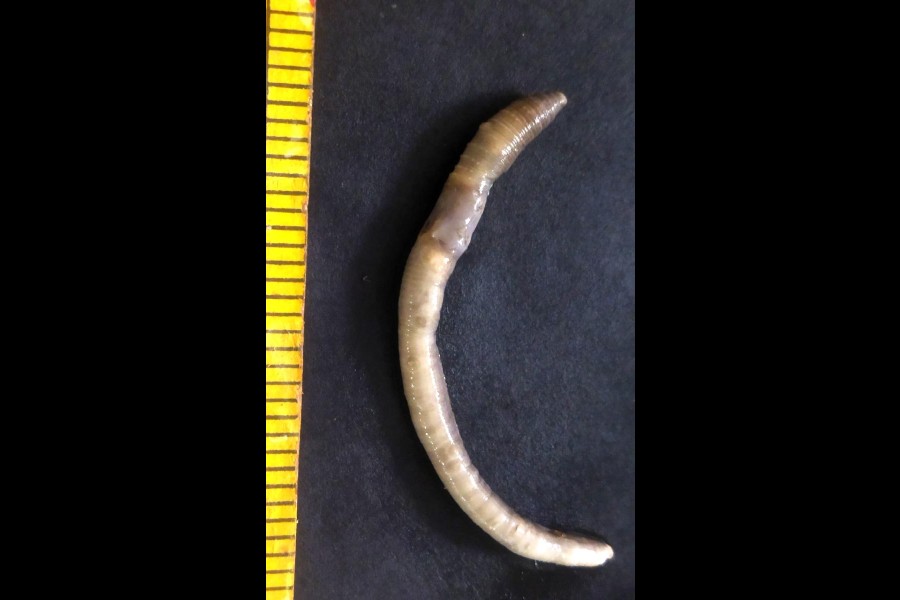A recent study by the Zoological Survey of India focused on earthworms, which play a vital role in maintaining healthy ecosystems.
The aim was to assess the spatial distribution of earthworm species across several wildlife sanctuaries in Bengal.
The sanctuaries studied were in Ballavpur (Birbhum), Bethuadahari (Nadia), Raiganj and Ramnabagan (East Burdwan) and Bibhutibhushan Wildlife Sanctuary (North 24-Parganas).
The highest number of species were recorded at Raiganj Wildlife Sanctuary (15) followed by Bethuadahari Wildlife Sanctuary (14), Ballavpur Wildlife Sanctuary (11), Bibhutibhushan Wildlife Sanctuary (10) and Ramnabagan Wildlife Sanctuary (8).
“Earthworms, key soil organisms, play a vital role in maintaining healthy ecosystems.... By studying soil quality, researchers aim to understand how to sustainably manage ecosystems and ensure their long-term health,” the ZSI said in a formal communication.
“These findings, published in Frontiers in Ecology and Evolution, contribute to our understanding of earthworm diversity and its ecological significance in these protected areas. Earthworms consume decaying organic matter, digesting it and excreting nutrient-rich vermicast. This natural fertiliser, rich in nutrients and beneficial microbes, enhances soil health, promotes plant growth, and offers a sustainable alternative to chemical fertilizers...” it added.
Shakoor Ahmed, a ZSI researcher who was part of the study, said: “In areas where native species act as indicator species (an organism that can indicate the health of an ecosystem by its presence, absence, or abundance), we find more diversity than in areas where exotic species act as indicators”.
“All sanctuaries except Raiganj harboured at least one exotic species as an indicator. In contrast, Raiganj, a prime bird nesting site, uniquely featured the endemic species — Eutyphoeus nicholsoni — as an indicator,” he said.
“While non-native species are often used, focusing on native ones can help prevent the introduction of invasive species into agricultural ecosystems. As vermiculture gains global popularity, identifying suitable native species is crucial for sustainable practices,” said Dhriti Banerjee, director of ZSI.











